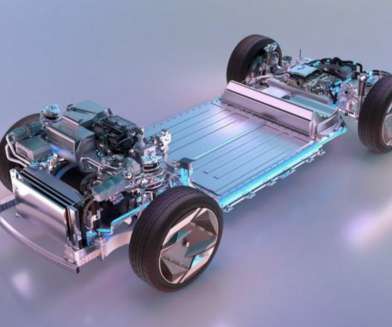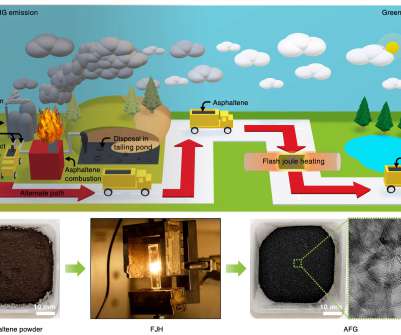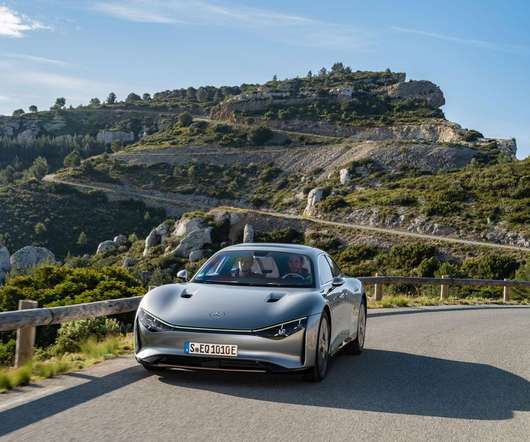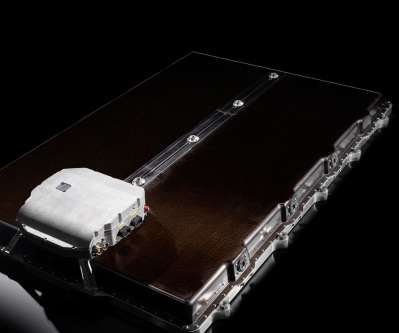Renault Scénic Vision hydrogen hybrid concept offers 75% smaller carbon footprint than a conventional BEV
Green Car Congress
MAY 20, 2022
Its hybrid electric and hydrogen powertrain aims to reduce downtime related to energy recharging while reducing the carbon footprint, including the battery. Renault Scénic Vision is zero emission in production and in use with a 75% smaller carbon footprint than a conventional battery electric vehicle.


































Let's personalize your content